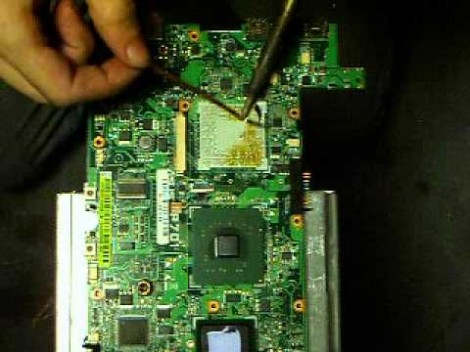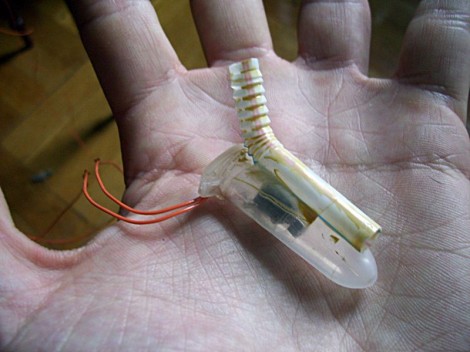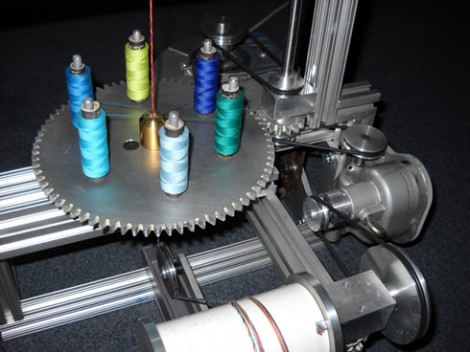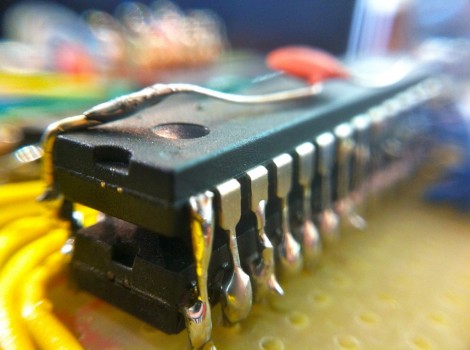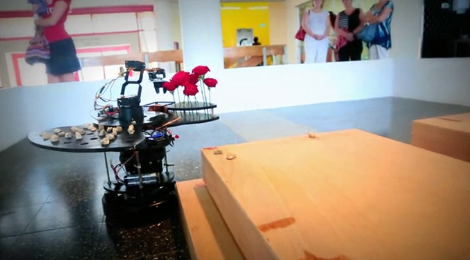
We don’t get to see Blacksmith hacks around here too often. But even if they were rolling in on a weekly basis we think this one would be considered the special expanded edition with full-color centerfold. The sixty-five images in this coal forge build log are all commented and just begging to steal your attention for part of the afternoon.
The build mostly involves fabricating a system for injecting air into the forge and providing a mechanism for evacuating the waste ash. [BillDaCat] starts with a 3″ pipe as the ash dump, adding a latching door used to empty it when full. He then welds together a metal trough with a slotted bottom to hold the fiery fury, attaching the ash dump below. He uses a plasma cutter to add an opening in the upper portion of the ash dump for a blast gate.
If you’re excited about his build you should also check out the metal pour and the induction furnace.
[via Reddit]

